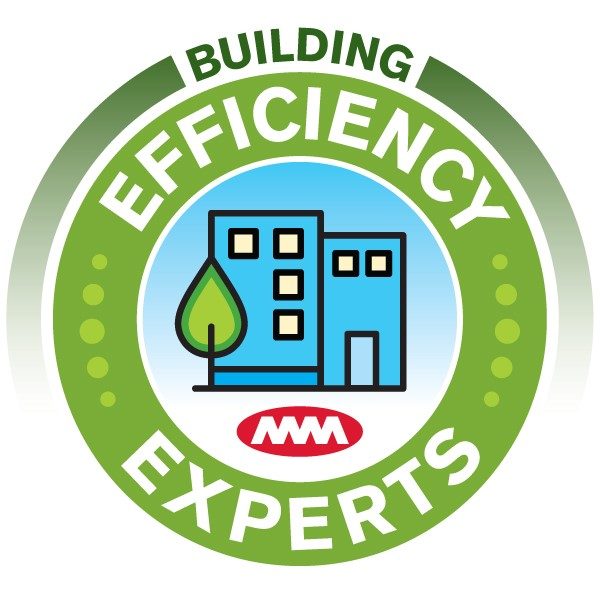Financial incentives available for creating Clean Buildings
With financial incentives on the line and state requirements looming, now is the time for those who own and manage buildings larger than 50,000 SF in Washington state to conduct an energy audit to determine how to make their buildings more efficient.
In 2019, the Washington State Legislature passed new clean building standards (some might recall HB1257), making Washington a national leader for mandating energy efficiency numerical targets based on a commercial building’s size and use. The performance standards offer the opportunity to reduce greenhouse gas emissions by lowering a building’s energy consumption. These standards apply to most buildings larger than 50,000 SF. Agriculture and some manufacturing buildings are exempt. Based on the size of the building, owners starting in June 2026 must comply or face fines of $5,000 plus $1 per square foot per year.
“This is a steep penalty for non-compliance,” Perry England, VP of Building Performance said. “Fortunately, the state is offering early-adopter incentives, which can help offset the costs of needed retrofits for buildings that are more than 15 points away from their performance targets.”
The state has $75 million to put toward financial incentives and will appropriate the money on a first-come, first-served basis. Building owners could qualify to receive incentives of up to $0.85 per square foot to help offset retrofitting costs. Applications will be accepted starting July 1.
What does that mean for building owners now?
First, we recommend that building owners benchmark current energy usage by scheduling an appointment for us to benchmark your energy use to the mandated target using EPA’s Energy Star Portfolio Manger. We will review 12 months of utility data, along with the square footage of your building, to determine the building’s Energy Use Intensity (EUI). The lower the EUI, the more energy efficient the building is. The new state law establishes maximum energy use by square foot and building type. For example, commercial office buildings have a lower required EUI than hospitals or restaurants.
Once you have the benchmark, we can help you determine how best to improve the building’s EUI so it complies with state law. The further away from the required target the building is, the more work will be required to bring it into compliance. Fixes could include improving antiquated technology, such as mechanical equipment and controls, upgrading lighting to LED technology, and making sure systems are working in harmony rather than against each other. The upgrade costs will depend on what is needed. We have found when the required energy efficiency improvements are done in a smart comprehensive manner that it actually pays for itself within the useful life of the improvements.
Having a clean building is a state requirement.
Don’t miss the opportunity to have some of these retrofits paid for by the state. We work with building owners to provide cost effective energy-saving solutions and can help develop energy management plans, including creating energy benchmarking reports so you can feel confident meeting the new performance requirements and comfortable in your new Clean Building.
Contact us today:
